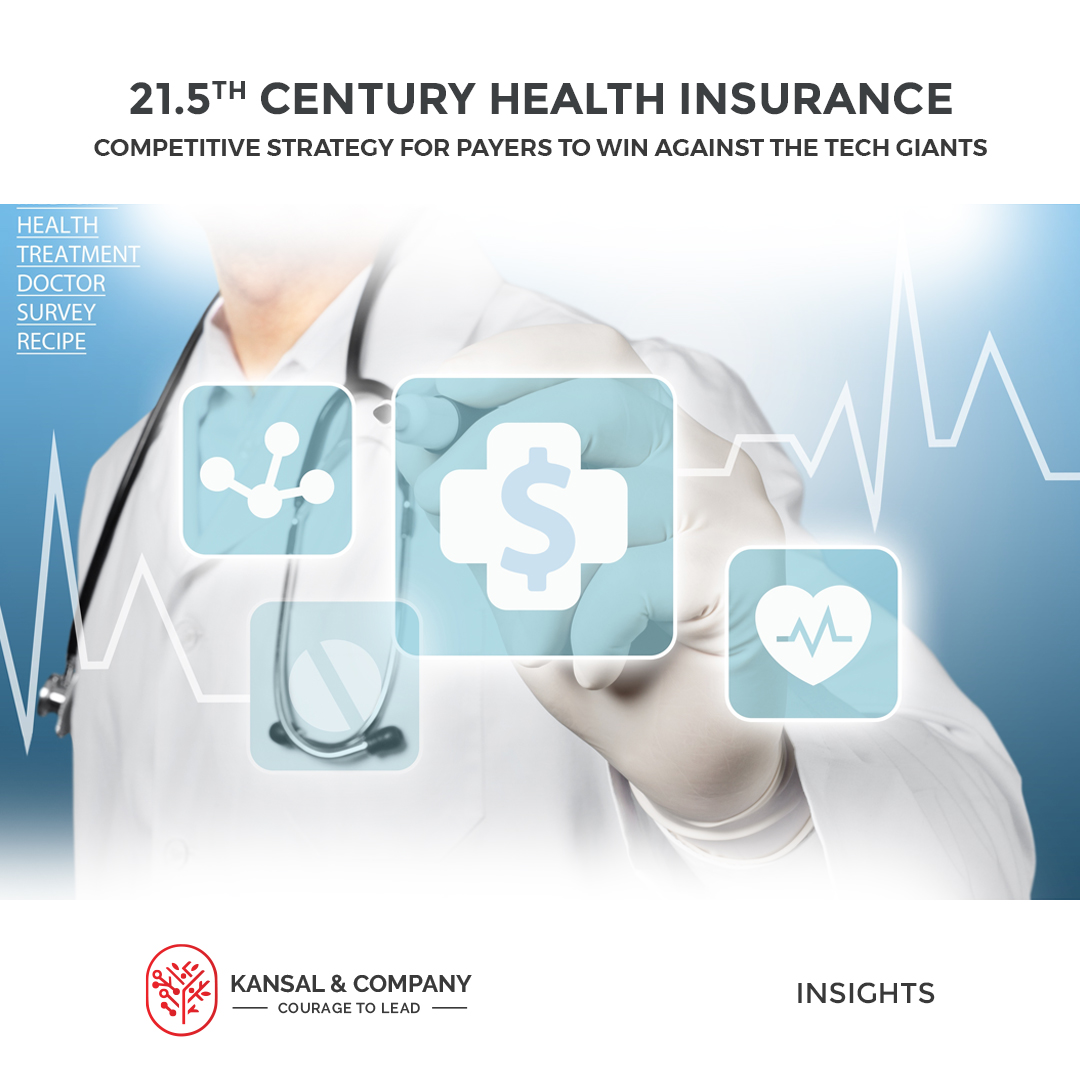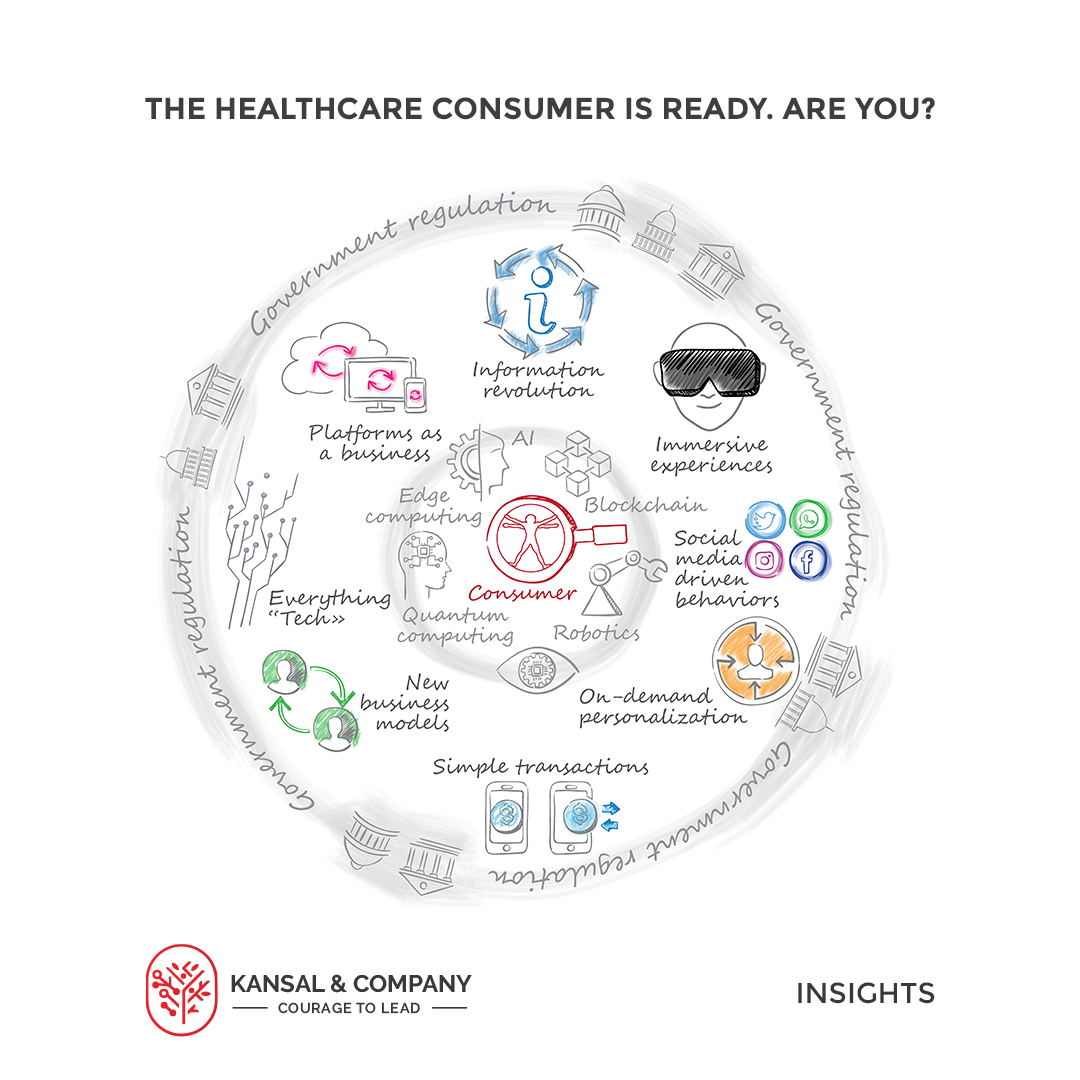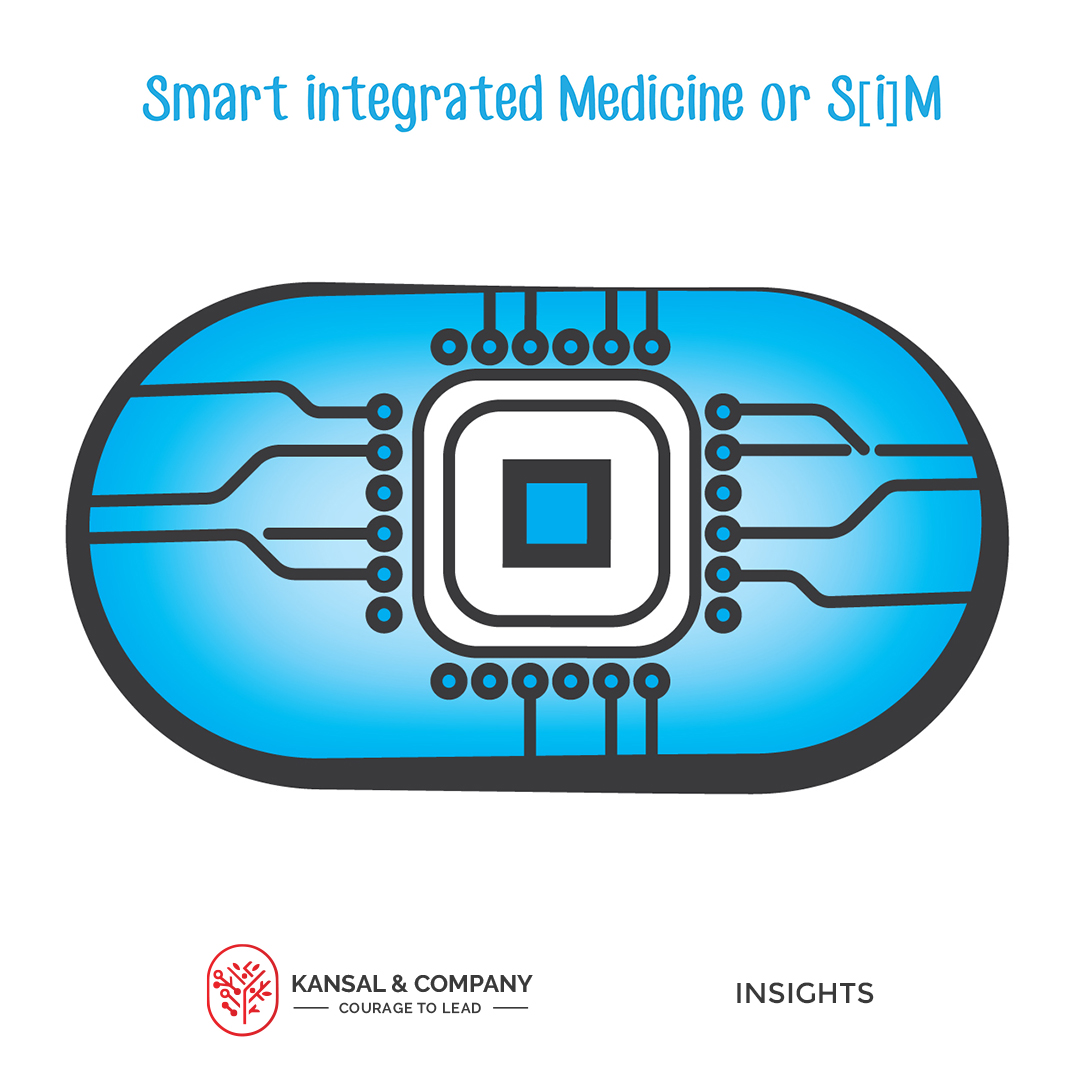Read more articles and interviews on leadership and healthcare.
Are you waiting longer to see your doctor? Despite the promise of every delivery system out there today, as I look around just in my area: “A health system focused on you,” “Care when you need it most,” “My home. My choice.” “Better Health, Easier,” “Giving People a Healthier Tomorrow,” and the promise of disruptive technology, the patient experience seems to be lacking.
Is it time for a new, positive narrative to improve the healthcare experience through technology? Do we need to change the narrative to embrace technology adoption in healthcare? Rather than creating a narrative around Big Data and AI and how it can “fix the inefficiencies” of the healthcare system, do we need to create a narrative on how technology can improve the human aspects of healthcare? Rather than positioning technology as a disruptive force, should we focus on how we as humans “want to” embrace it and create a narrative that supports adoption from the human/consumer perspective?
Healthcare has been dabbling with digitization for more than a decade. However, the rate of innovation and adoption has been slow. Digital business models have mostly found a home in digital-first nations, not in countries with an incumbent healthcare system such as the USA. However, the pandemic seems to have ushered an age of renaissance for the digitization of healthcare. Yet, the old barriers to digitalization haven’t entirely disappeared
Platform business models and ecosystems, such as those established by Amazon and Alibaba, allow transactions that transcend the limits of space and time. As more customers sign up to transact on a platform, the resulting data insights are used to create new customer experiences and expand product and service offerings—from consumer goods to financial services to insurance and more.
As the digital revolution continues to disrupt existing business models and blur the boundaries between vertical industries, the potential for strategic partnerships to reinvent, disrupt, or defend a market position are like none we’ve seen previously. Strategic partnerships have become an important part of the CEO agenda and will continue to play a vital role in healthcare’s transformation. Ping An in China has already demonstrated the efficacy of the partnership model.
Leaders within the biopharma industry have long enjoyed the pride of knowing that their work improves millions of lives and offers great benefits to humanity. They share a collective sense of accomplishment around the eradication of diseases and improvement of daily living. They also hold the highest promise of eradicating cancer – the second largest cause of death in the world today – and significantly altering the course of diseases that remain a major burden to society.
High street healthcare pharmacists are at risk of being shut out of their own industry by tech challengers. Amazon’s recent acquisition of prescription delivery company PillPack and Google’s R&D biotech business Calico, launched back in 2013, are just two of many examples out there of strides tech giants are making in the health industry. Though there is more stringent regulation for would-be disruptors to overcome in the UK health industry, recent medication delivery initiatives in other countries, such as Pharma Express in France or Deliv Rx in the US, demonstrate the demand for this type of service.
It should come as no surprise that the healthcare industry would eventually be driven by the consumer. It is surprising, however, that it has taken this long. Over the past couple of years, we have seen massive movement toward consumer centric marketplaces in the retail, telco, media and entertainment industries, among others.
Since historical times, physical environments have shaped the behavioral, production and consumption patterns of societies. The Greek agora not only served the purposes of trade and commerce, it also served as the public place where the politics and culture of the Greek society was shaped. For last twenty centuries, similar design principles have been used and improved upon to create the social, political and cultural fabric of societies globally.
All industries in the U.S. are experiencing unprecedented levels of disruption and change and are broadening their definitions of innovation as a basis of competition. Yet bio-pharmaceutical innovation remains narrowly focused on the bio-pharmaceutical product. As a result, the industry is facing significant downward pressure on its earnings, and the business model is beginning to unravel.
The 80/80 rule is a principle that helps organizations innovate the right way. I came up with this idea while leading innovation at Boehringer Ingelheim. You should be 80% CONFIDENT that you will only be 80% CORRECT the first time you try to execute a new idea.












